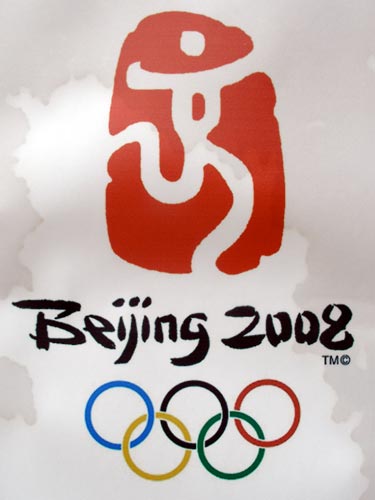
The Olympic symbols
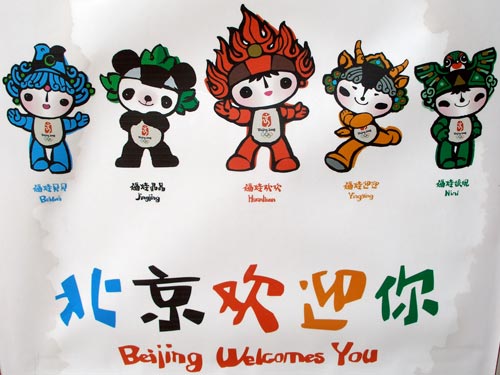
Known as the Fuwa (Friendlies), these five characters each have the color of an Olympic ring.
Beibei (the fish of prosperity and surplus) - water sports
Jingjing (the adored friendly panda) - strength
Huanhuan (the fire filled with warmth and passion) - the Olympic Flame
Yingying (the antelope swiftly covering great stretches of land) - track & field
Nini (the kite flying as infinite as the sky) - gymnastics
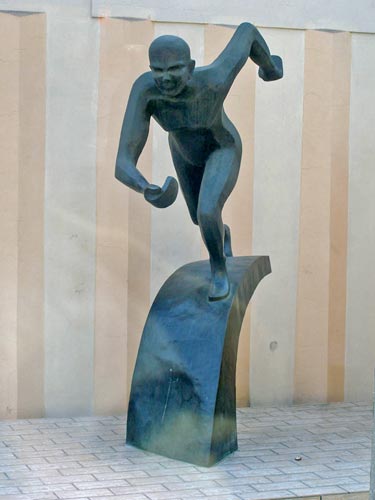
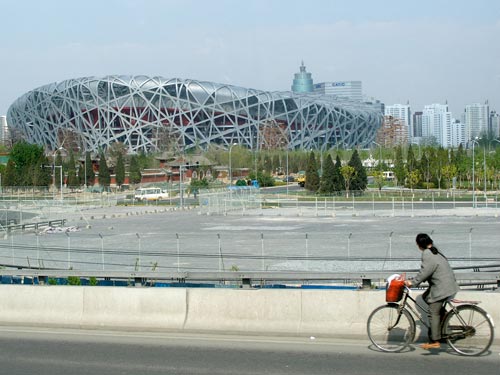
Beijing National Stadium or Bird’s Nest
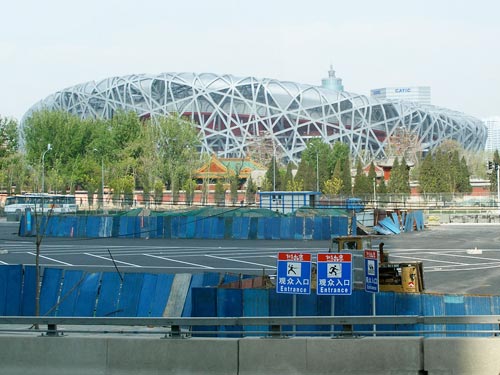
With over 80,000 seats, the stadium will feature the Opening and Closing Ceremonies, as well as the track & field and soccer events.
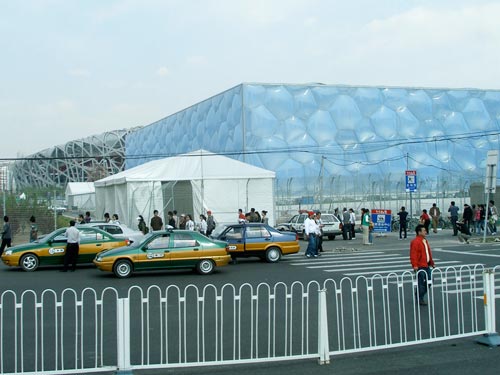
Beijing National Aquatics Center, also known as the Water Cube. The bubbles on the building are made of a transparent plastic which is filled with air and attached to a steel frame surrounding the edge of the bubble. It is expected to be 30% more energy efficient than a standard building of similar size.
Nationalities Park (or Chinese Ethnic Culture Park) celebrates the ethnic cultures of China, with a focus on traditional architecture, music and dance. About 95% of the popluation is Han Chinese, but there are 56 ethnic groups in the Chinese family altogether.
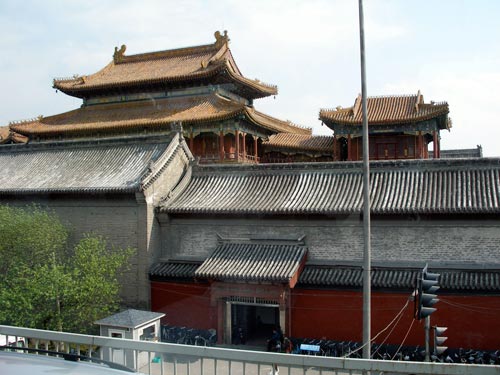
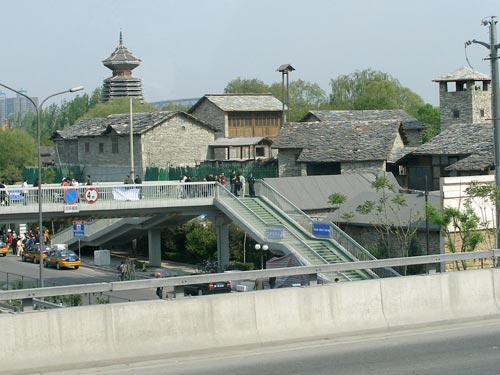
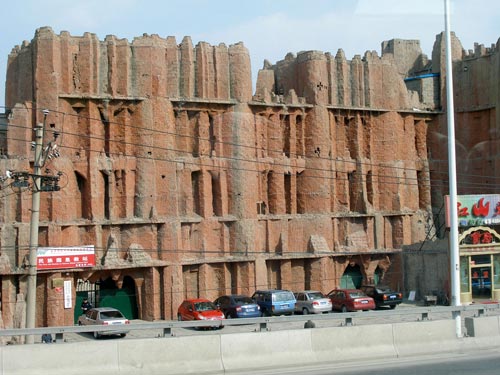

We continued our drive though town...

